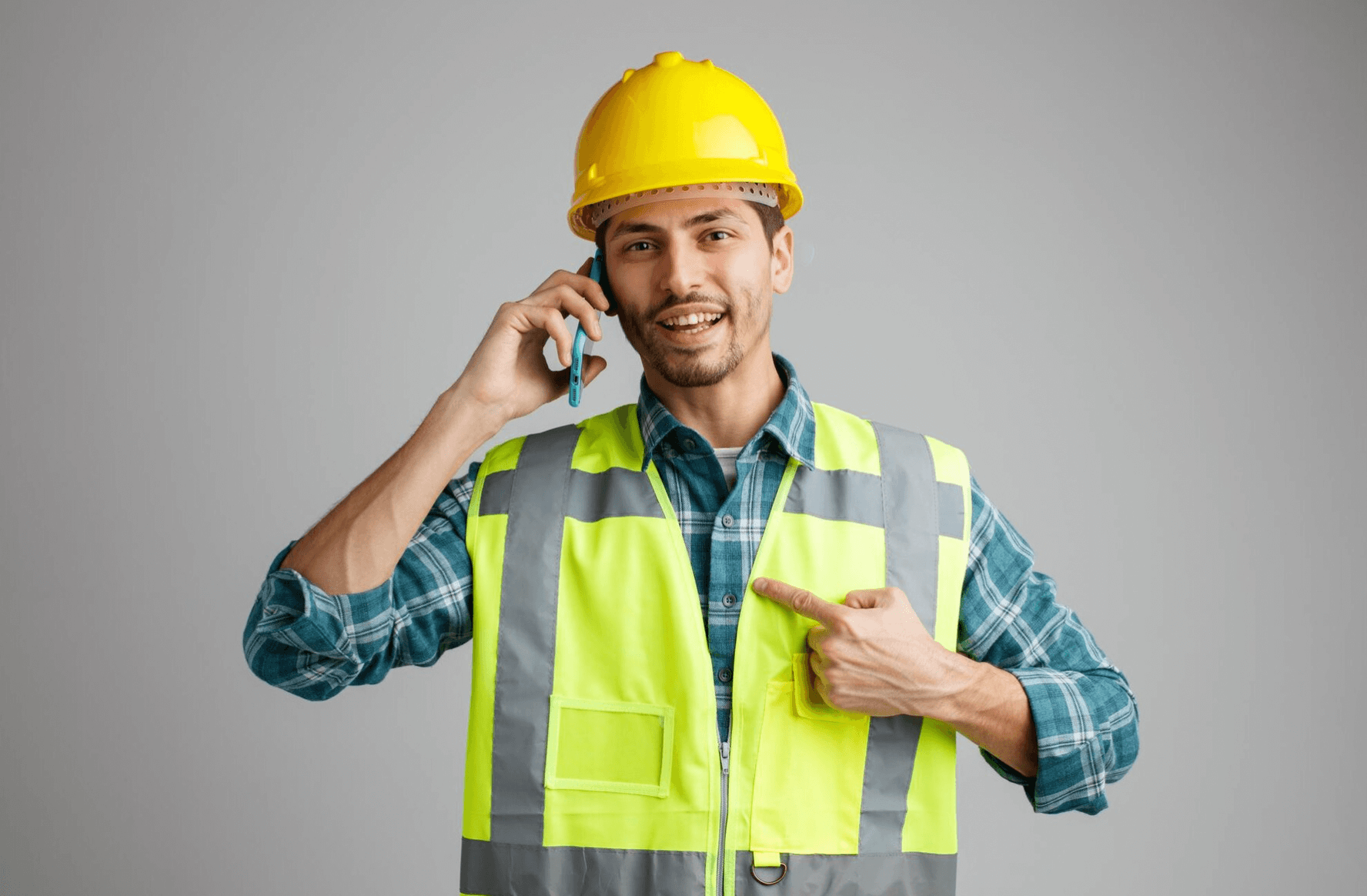A Comprehensive Guide to Lone Worker Safety Phones

The term ‘Protection of Isolated Workers’ refers to a significant concern for any business prioritizing the safety of their employees. The device often associated with this concern is specifically designed to ensure the security and well-being of isolated workers. However, what precisely does this concept encompass? Is this device the most effective tool? We delve into these aspects in detail in this article.
- What Does Protection of Isolated Workers?
- Why Employ a Device for Isolated Workers?
- How Does this Safety Device Operate in Emergency Situations?
- How to Select the Appropriate Device for Isolated Workers?
- What Are the Limitations of Utilizing this Safety Device?
What Does Protection of Isolated Workers Encompass?
Definition
The ‘Protection of Isolated Workers’ revolves around implementing measures to safeguard employees working alone or in potentially hazardous conditions. Such conditions often include industrial environments, construction sites, oil facilities, remote areas, and similar professional settings. Workers exposed to these risks require a reliable communication tool to seek help in emergencies.
In our scenario, each employee is equipped with a smartphone, and we have developed an application that facilitates quick contact in case of an incident.
What Is a Device for Isolated Workers?
A device specifically designed for the Protection of Isolated Workers (DIW) is equipped with advanced features to ensure the safety and communication of these workers. Here are the key features:
- Emergency Call: This device allows the user to trigger an emergency call swiftly in threatening situations, facilitating immediate assistance.
- GPS Location: Equipped with an integrated GPS system, the device enables real-time tracking of the worker’s position, aiding emergency teams in swiftly locating the person in need.
- Two-Way Communication: The device enables communication in both directions, allowing the worker to receive instructions and report problems or emergencies to supervisors or rescue services.
- Durability and Waterproofing: Designed to endure challenging work environments, the device is resilient to dust, moisture, and shocks.
- Battery Life: A prolonged battery life ensures the device remains functional throughout the worker’s assignment.
- GSM Compatibility: These devices utilize the GSM network for communication, ensuring coverage even in remote areas.
Why Employ a Device for Isolated Workers?
- Rapid Emergency Alerting
The primary advantage of this device is its ability to promptly send an alert in emergency situations. Features like an integrated alarm button enable isolated workers to swiftly report problems to their team or a control center. This quick response can potentially save lives during accidents or imminent danger.
- Accurate Location Tracking
The device typically incorporates advanced location systems, such as GPS, enabling real-time tracking of the isolated worker’s position. In emergencies, rescue teams can quickly pinpoint the person in distress, reducing response times.
- Bidirectional Communication
Devices for isolated workers facilitate two-way communication, allowing the worker not only to receive instructions from their team but also to transmit crucial information, aiding in better coordination during emergencies.
- Automated Alerts
These devices can be configured to automatically trigger alerts for prolonged immobility, fall detection, or other predefined events. This ensures that even if the worker is unable to manually activate an alarm, safety measures will be initiated.
- Resilience to Harsh Environments
Designed to withstand challenging work conditions like construction sites, industrial areas, and remote zones, the device’s durability and robustness are vital for reliable communication in all circumstances.
How Does the Safety Device Operate in Emergency Situations?
- Detecting Hazardous Situations
The device is equipped with sensors capable of detecting various potentially hazardous situations, such as falls, abrupt movements, high gas levels, or loss of GPS signal. These sensors continuously monitor the worker’s status, ready to respond to an incident.
- Real-Time Alerting
Upon detecting a hazardous situation, the device automatically triggers a real-time alert, typically transmitted to a monitoring center or a pre-designated security team.
- Alert Modes
The device offers various alert modes, such as voice calls, text messages, or even automatic transmission of GPS coordinates, ensuring a quick and appropriate response based on the nature of the situation.
- Data Recording
The device maintains records of relevant data, including alert history and communications, which prove invaluable for security reports and incident analysis.
- Manual Activation
Apart from automatic detection, the worker can manually activate the alert in emergencies, allowing them to seek help when needed.

How to Select the Appropriate Device for Isolated Workers?
- Assessing Your Company’s Needs
Before choosing a device, evaluate your company’s specific security requirements. Determine the number of employees needing it, the working environments, and potential risks they might face.
- Compatibility with Work Environments
Ensure that the chosen device is suitable for your employees’ work environment, being resistant to dust, water, shocks, and extreme temperatures if necessary.
- Safety Features
The device should boast advanced safety features, including geolocation, fall detection, an easily accessible alarm button, and two-way communication.
- Battery Life
A device for isolated workers should have a long-lasting battery to remain operational throughout the day without constant recharging.
- Ease of Use
Opt for a device with a user-friendly interface and easily identifiable buttons, ensuring simplicity in triggering an alarm even in stressful situations.
- Technical Support and Updates
Verify that the device’s manufacturer offers reliable technical support and regular updates to maintain security standards.
- Compliance with Regulations
Ensure the device complies with safety standards in your industry to keep your company compliant and adequately protect your employees.

What Are the Limitations of Using This Safety Device?
- Initial Cost: Implementing this safety device may require a significant initial investment for a company.
- Limited Features: These devices are tailored for specific safety needs and might seem limited in features compared to conventional smartphones.
- Battery Dependency: Relying on batteries, a depleted battery might compromise user safety, emphasizing the importance of keeping devices charged.
- Maintenance and Updates: Regular maintenance and software updates are essential for device functionality and compliance, which might be a burden for some companies.
- Accidental Activation: There may be instances where the safety device is accidentally activated, causing unnecessary alerts. However, many companies are working on confirmation mechanisms to reduce this risk.
Nomadia Protect is a comprehensive and innovative solution for isolated workers’ protection, ensuring assistance during accidents, falls, discomfort, or aggression.
